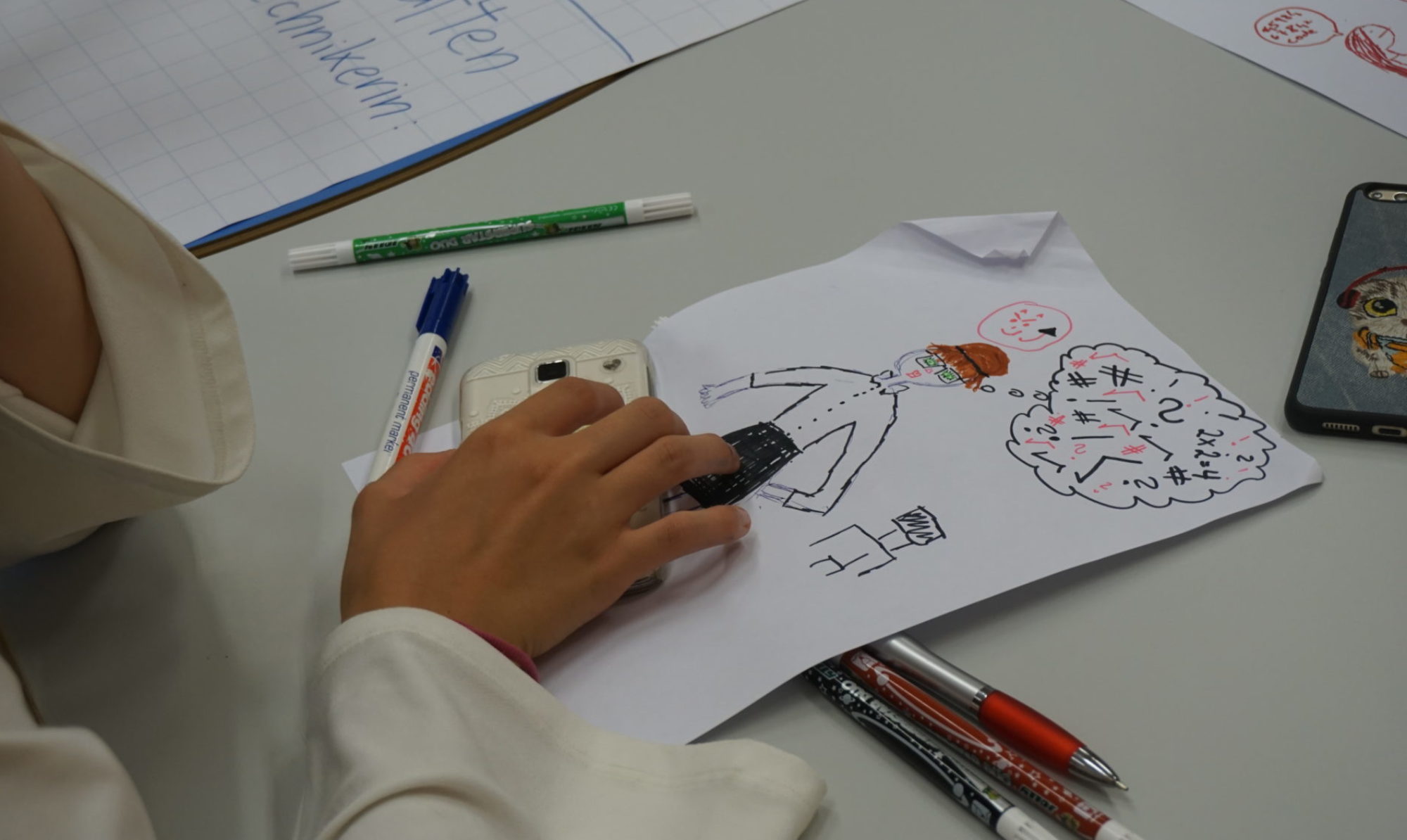Reference Format: Spieler, B.; Krnjic, V.; Slany, W.; Horneck K.; and Neudorfer, U. (2020) Design, Code, Stitch, Wear, and Show It! Mobile Visual Pattern Design in School Contexts, Frontiers in Education (FIE). October, 21-24, 2020, Uppsala, Sweden.
Bernadette Spieler Instiute of Mathematics and Applied Informatics University of Hildesheim Hildesheim, Germany bernadette.spieler@uni-hildesheim.de
Vesna Krnjic Institute for Software Technology Graz University of Technology) Graz, Austria vesna.krnjic@ist.tugraz.at
Wolfgang Slany Institute for Software Technology Graz University of Technology) Graz, Austria wolfgang.slany@tugraz.at
Karin Horneck bits4kids OG Graz, Austria karin.horneck@bits4kids.at
Ute Neudorfer bits4kids OG Graz, Austria ute.neudorfer@bits4kids.at
Abstract —Much attention in learning about programming has focused on designing video games and supporting pupils to build playable artefacts. Gender differences in playing behaviour and game preferences raise concerns about possible gender inequalities when games are used as a motivation to explore coding. The Code’n’Stitch project (2018-2020) funded by the Austrian Research Promotion Agency (FFG/FEMtech) introduces a gender-sensitive pedagogical framework for handicraft lessons in Austrian secondary schools creating “wearable computing technologies” by using mobile visual pattern design with the Pocket Code App. As part of this project, we have extended the app with the function to program embroidery machines and used the interests of the target group of teenagers, particularly girls, and teachers at a very early stage of the development cycle of the app extension and materials. In this “Research to Practice Full Paper” we present our target group using personas and insights of the workshops for a requirements analysis of the app and the learning material. Furthermore, we explore how to effectively support non-Computer Science teachers in such coding activities, or the difficulties in transferring designs initially drawn on paper to programmed artefacts. The main methods used during the exploratory workshops include on-site observation notes, questionnaires, interviews, and analysis of designs. The results of this paper describe the atmosphere in the classroom, explore this approach more broadly by providing insights into the experience of learners and teachers, and presents the results of the initial usability evaluation of the app using a Thinking Aloud test.
Index Terms—creative coding; maker tools; handicraft lesson, secondary school education
